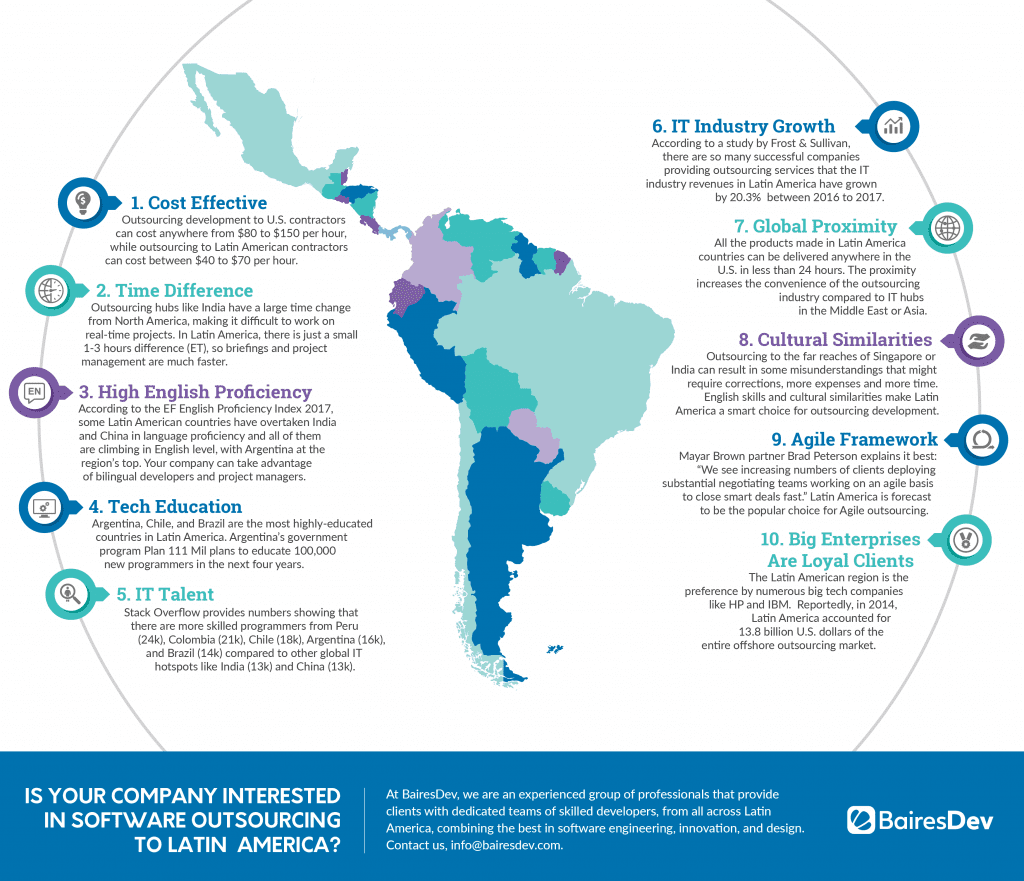By now, most companies are aware of how IT staff augmentation and software outsourcing services can help them achieve their business goals and a successful digital transformation. However, there are some cases where relying on just one or the other is not enough to satisfy all of the company’s needs. Hence, the hybrid approach.
The hybrid approach combines all the benefits of staff augmentation and software outsourcing into one single, organized methodology with far-reaching capabilities. Whether your company prefers to completely outsource development or get support from offshore developers, going hybrid is the best way to meet the requirements of the most demanding projects.
How the Hybrid Approach Works
Whenever an IT service provider delivers hybrid services, the client can expect three general stages of development:
1. Identifying the client’s needs
2. Designing custom solutions
3. Fulfilling all needs on client’s side
More often than not, the IT company will exclusively dedicate a project management team to the client’s site. This team is composed of highly experienced nearshore or offshore software engineers with the required talent and expertise. This way, the client can immediately benefit from reduced talent costs and increased development capacity to achieve their goals.
Adding Business Analysis into the Mix
To further extend the potential of the hybrid approach, IT companies can also include IT consulting and business analysis into their services. Generally, this includes working with:
1 Business Intelligence Analysts
Whose work thoroughly describes the client’s business needs and overall situation.
2 Solution Architects
Who analyze currents systems and draw out the technical vision for the project’s requirements.
3 IT Efficiency Consultants
Who develop automated solutions that satisfy the client’s needs and achieve business goals.
4 Middleware Analysts
Who guarantee proper integration and communication protocols between different systems.
5 Data Scientists
Who identify data-analytics problems that offer the greatest opportunities to the organization.
Benefits of the Hybrid Approach
The Hybrid Approach can benefit your company in numerous ways.
Locked-on Workflows
When businesses adopt a hybrid approach, the very nature of the methodology forces all processes to run quickly and effectively. This benefit is enhanced when the IT services provider dedicates a specialized team to manage communications, innovation, and project success.
Greater Control
With the hybrid approach, clients have more control over every step of project development and implementation. Real-time monitoring and decision-making are some of the main features of this work model.
Fastest Launch Time
The hybrid approach has the fastest time-to-market rates out of every software outsourcing model. Once all contract stipulations and agreements are in place, any project can begin exponential development from day 1.
Full predictability
Hybrid work models often include month-to-month payment plans that cover most (if not all) full-cycle software solutions. Unless the client decides to scale it up or down, every project need is fully covered from beginning to end.
Enhanced Innovation
The hybrid approach fully grasps the creative and innovative potential of external development teams. Valuable technological innovations are bound to arise, as every step of the project is tackled from the most beneficial angle.
Outsourcing to Latin America
Throughout the last decade, Latin America has become one of the most cost-effective and reliable regions to outsource offshore software development. Today, Latam stands as an ideal choice for any company looking to outsource through a Hybrid Development Approach.

When to Use the Hybrid Approach
All three of these development work models (Staff Augmentation, Software Outsourcing, and Hybrid Approach) have a series of advantages and limitations that, when compared side to side, should help businesses make a decision.
Although most enterprises can achieve their project goals through staff augmentation or software outsourcing, there are clear contexts and situations when going hybrid is the best solution. As a rule of thumb, the hybrid approach is useful when:
1. Developing large scale and major importance projects
2. There are significant time constraints or launch time is a priority
3. The local tech talent pool is inaccessible
4. Compromising product quality in any way is not an option
5. A project has very specific and complex requirements product quality in any way is not an option







